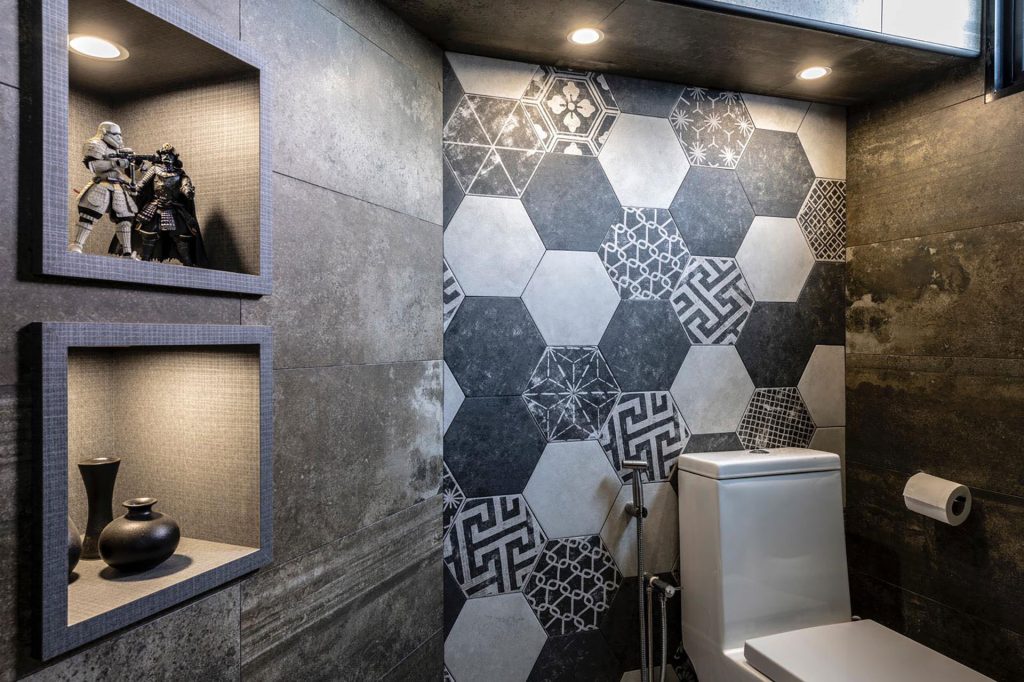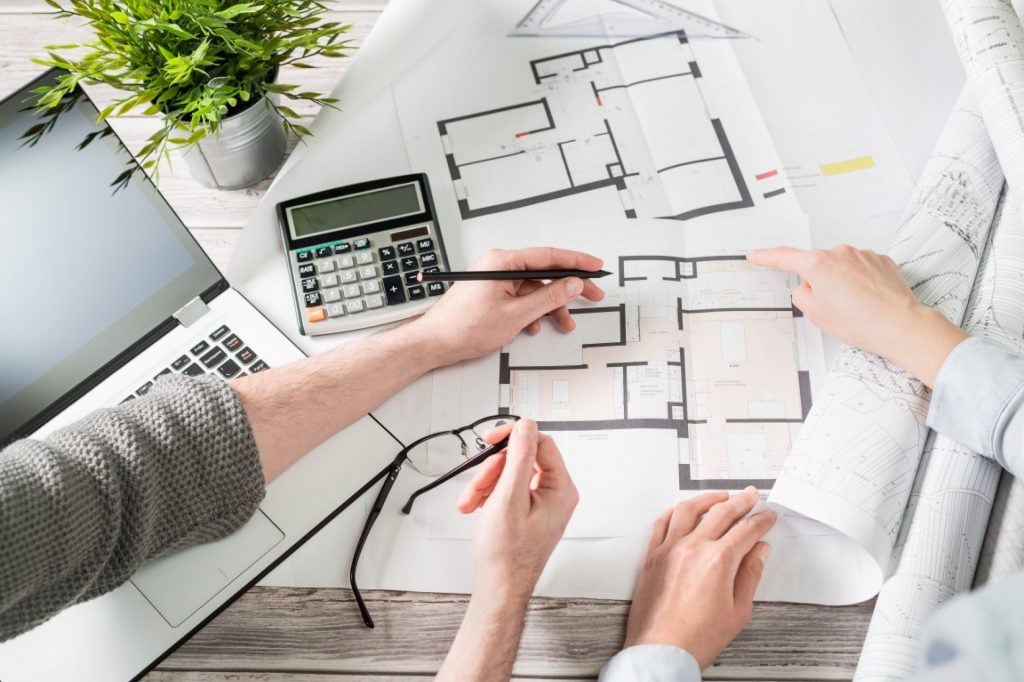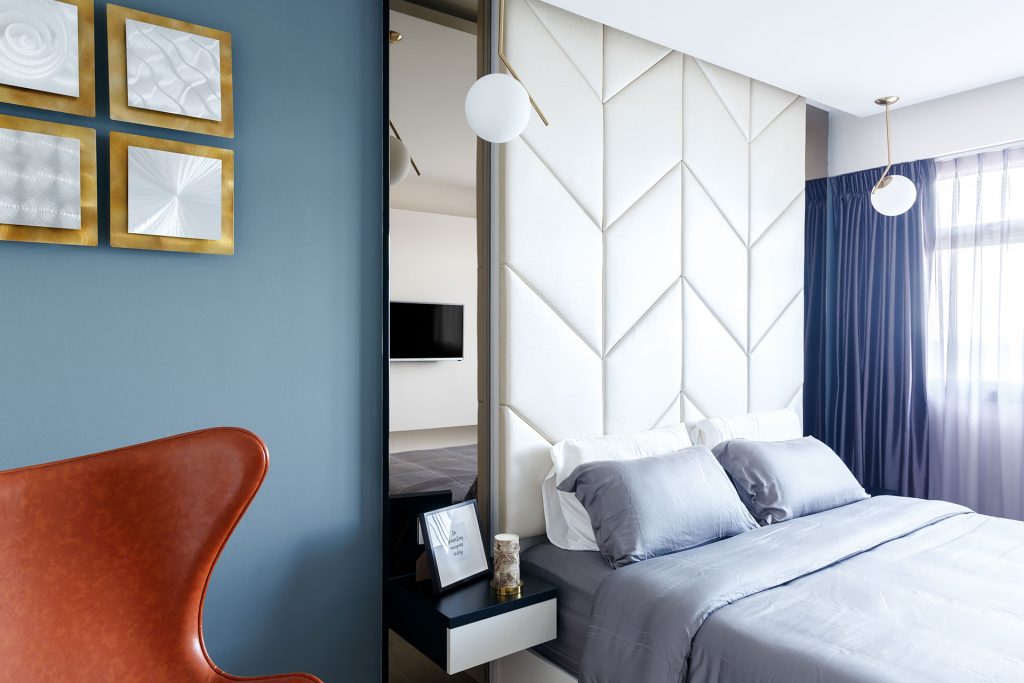
Renovation Checklist
If you’re planning on investing in renovation or refurbish of your home, it may appear a frightening job when you’re unsure the place to begin. With so many elements that may be improved, it is simpler when you use a renovating a home guideline to provide you with some concepts, relatively than setting off with no plan of action.
That is the easiest way of spending cash neatly, as there could also be elements of the work that you do not even think about till you sit down and give it some thought. Save money and time by figuring out what to do first when renovating a home.
A very good rule of thumb is to undergo the home room by room, so you might have thought of the roles that want doing and the order by which they need to be accomplished. To assist together with your renovation, Imaginfires have created and offered a complete Renovation Checklist, Budgeting & Planner that can be download in excel spreadsheet below.
1. Know What You’re Allowed To Do
Contact your local council and get hold of HDB (Housing & Development Board) or Building and Construction Authority (BCA) which outlines what is and isn’t allowed in your area. This can have major ramifications on whether you can add a storey, the building to landscaping ratio and whether you can alter the façade for example. It’s worthwhile also obtaining an indication of the standard processing times for a building application – these vary markedly from council to council.

2. Create A Moodboard
Layout all the images and clippings you’ve collected and pinpoint what attracted you to each one. It could be a pattern, a style of furniture, a colour or a particular stone or material. Looking for common links and “feels” in different images helps you understand why you chose them, which in turn helps you develop a look.
Once you’ve got all of your images, and culled the ones that don’t fit your look, collect samples of your finishes and materials: tiles, stone, paint, wood stains, fabrics, etc. Collect as much as you can and in a scale similar to how it’d be in a room (eg, a larger square of carpet and a smaller sample of curtain fabric).

3. Start Getting Quotes
Get rough quotations for your preferred flooring, benchtop materials and wall tiles so that the costs don’t come as a last-minute shock. With the prices readily at hand, you can make more informed judgements on which materials offer more bang for your buck and discuss these with your architect or designer in an informed way.

4. Budgeting
Once you have a good idea of what you want to be done, you will need to determine whether you will require an architect, which trades you will need to hire, what approvals you will need from the council and whether you think you might need an interior designer.
While there are plenty of clever ways to cut costs when renovating, the following list of should give you a rough idea of what you can expect the pay for the job – excluding materials and unforeseen costs that is.

5. Finding Interior Designer
We’re not going to sugarcoat it: renovating is a hairy time. You’re putting your house and your dreams in the hands of professionals, and getting the reno off the ground often comes down to one person: the builder. Here’s what you need to know for finding a good builder.
Hiring a good builder who can a) do what you want within b) your budget and c) your timeframe can feel about as realistic as the team knocking on your front door and offering to fix up your house for free.

6. Prime Cost Items
The Interior Designer can finalise the structural drawings and you can start selecting your preferred ‘PC’ (Prime Cost) items – toilet, hand basins, sinks, taps, showers, baths etc so you have time to reassess the cost of these once the quotes from builders have come in. You may have to rethink your dream marble bath and opt for something more affordable.

7. Final Quote
Usually, there is a wide range of prices so some time needs to be devoted to finding out why. Some builders quote high and spend less time calculating real costs in the hope that their high estimate will cover them – others are very detailed in what is included and what isn’t making their quote very precise. Before deciding on which builder to go with check what their quotes include and exclude and what each builder’s prices for variations (changes not allowed for in the contract) might be.

8. Select Interior Designer
This compares the various quotes including the estimated completion date, rates for variations and hourly rate charges for subcontracted tradespeople. While this is helpful to compare apples with apples, you still need to factor into the final decision the quality of the builder’s past work, their personality and years of experience.

9. Fitting & Appliances
These fittings and appliances are not necessarily stock items with many needing to be ordered from Oversea. Holding up the installation of kitchen and bathroom items can be costly and put back your completion date considerably.

10. On Schedule
With your renovation underway, you need to follow the progress closely to avoid any irreversible surprises. It is good to check in with the builder on at least a weekly basis so that any issues can be discussed and acted upon quickly.
11. Defect Period
On completion, the owner has a set period of time known as the defect period (usually 26 weeks) to notify the builder of unfinished elements or faults that may have developed over time – cracking, leaks and so forth. The builder is obliged to remedy these faults in a timely manner as outlined in their contract. A retention sum of 5% of the total cost is normally held back until they remedy all of these issues. Any faults discovered after this period will need to be dealt with through the Home Warranty Insurance scheme which covers the work of builders.
Download
- Renovation Checklist
- Interior Designer List
- Renovation - Schedule
- Budget Estimator
- Detailed Budget
- Supplier List


